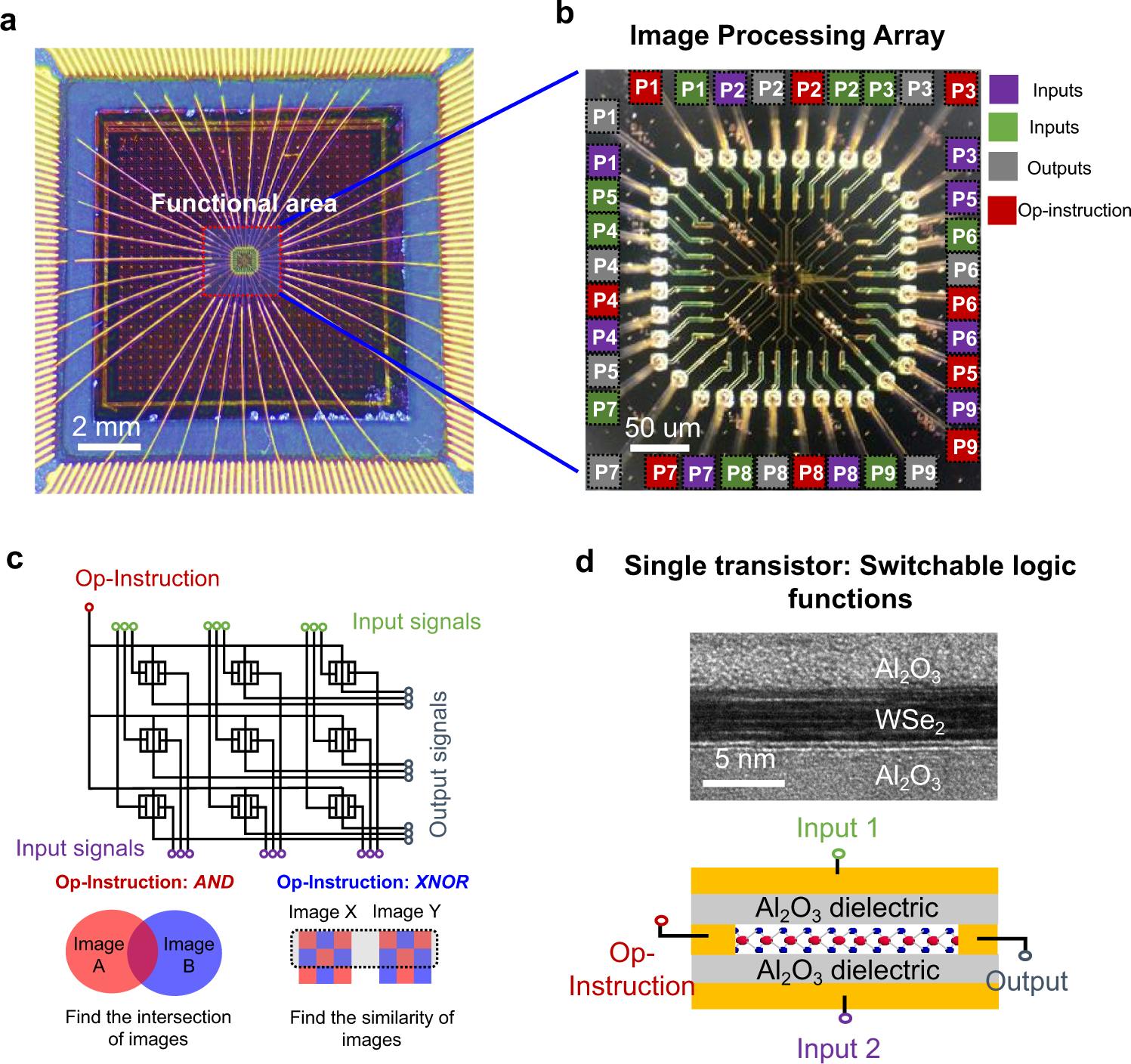Exploring the Power of Image Processing with Arrays.
Table of contents
Introduction :
Image processing plays a vital role in various fields, including computer vision, medical imaging, robotics, and more. It involves manipulating digital images to enhance their quality, extract meaningful information, or perform specific tasks. One of the fundamental concepts behind image processing is the use of arrays, which are powerful data structures that allow for efficient storage, manipulation, and analysis of image data. In this article, we will delve into the world of image processing with arrays and explore how they enable us to unleash the potential of digital images.
Understanding Arrays in Image Processing :
Arrays, in the context of image processing, are multidimensional data structures used to represent and process images. An array can be thought of as a grid of pixels, with each pixel containing numerical values representing color or intensity information. The dimensions of an array depend on the type of image being processed. For example, a grayscale image can be represented as a two-dimensional array, while a color image typically requires a three-dimensional array to represent the three color channels: red, green, and blue.
Array Operations in Image Processing :
Arrays provide a wide range of operations that enable us to manipulate and process images effectively. Here are some commonly used array operations in image processing:
Accessing Pixels:
Array indexing allows direct access to individual pixels within an image. By modifying the pixel values, we can perform various operations such as brightness adjustment, contrast enhancement, or even applying artistic filters.
Filtering:
Filtering involves convolving an image with a filter kernel, which is essentially a small matrix of values. This operation helps in tasks like blurring, sharpening, edge detection, and noise reduction. The filter kernel is multiplied element-wise with the corresponding image pixels, and the results are summed to generate the new pixel value.
Histogram Analysis:
Histograms provide a visual representation of the distribution of pixel intensities in an image. By analyzing the histogram, we can gain insights into the image's contrast, brightness, and overall intensity characteristics. Histogram equalization is a popular technique used to enhance the contrast of an image.
Arithmetic Operations:
Arrays facilitate arithmetic operations between images, such as addition, subtraction, multiplication, and division. These operations can be useful for tasks like image blending, image fusion, and color manipulation.
Geometric Transformations:
Arrays can be used to perform geometric transformations such as rotation, scaling, translation, and shearing. These transformations are crucial for tasks like image registration, object recognition, and image alignment.
Benefits of Using Arrays in Image Processing :
The use of arrays in image processing offers several benefits:
Efficiency: Arrays provide a compact and efficient way to store and process image data. The use of multidimensional arrays allows for easy access and manipulation of pixels, making image processing algorithms faster and more streamlined.
Flexibility: Arrays enable us to perform a wide range of operations on images, from simple pixel manipulations to complex filtering and transformations. The versatility of arrays makes them a powerful tool for image-processing tasks.
Integration with Other Libraries: Many programming languages and libraries offer robust support for array operations. For example, Python provides libraries such as NumPy and OpenCV, which offer extensive functionality for image processing with arrays. These libraries provide efficient implementations of array operations and algorithms, making it easier to work with images.
Referenced Article for Image Processing with Arrays

Conclusion
Arrays form the backbone of image processing, providing a structured and efficient way to represent, manipulate, and analyze digital images. The power of arrays lies in their ability to store pixel values and perform various operations on them. Whether it's enhancing image quality, extracting features, or performing complex transformations, arrays enable us to unlock the potential of digital images and make significant advancements in fields such as computer vision, medical imaging, and beyond.